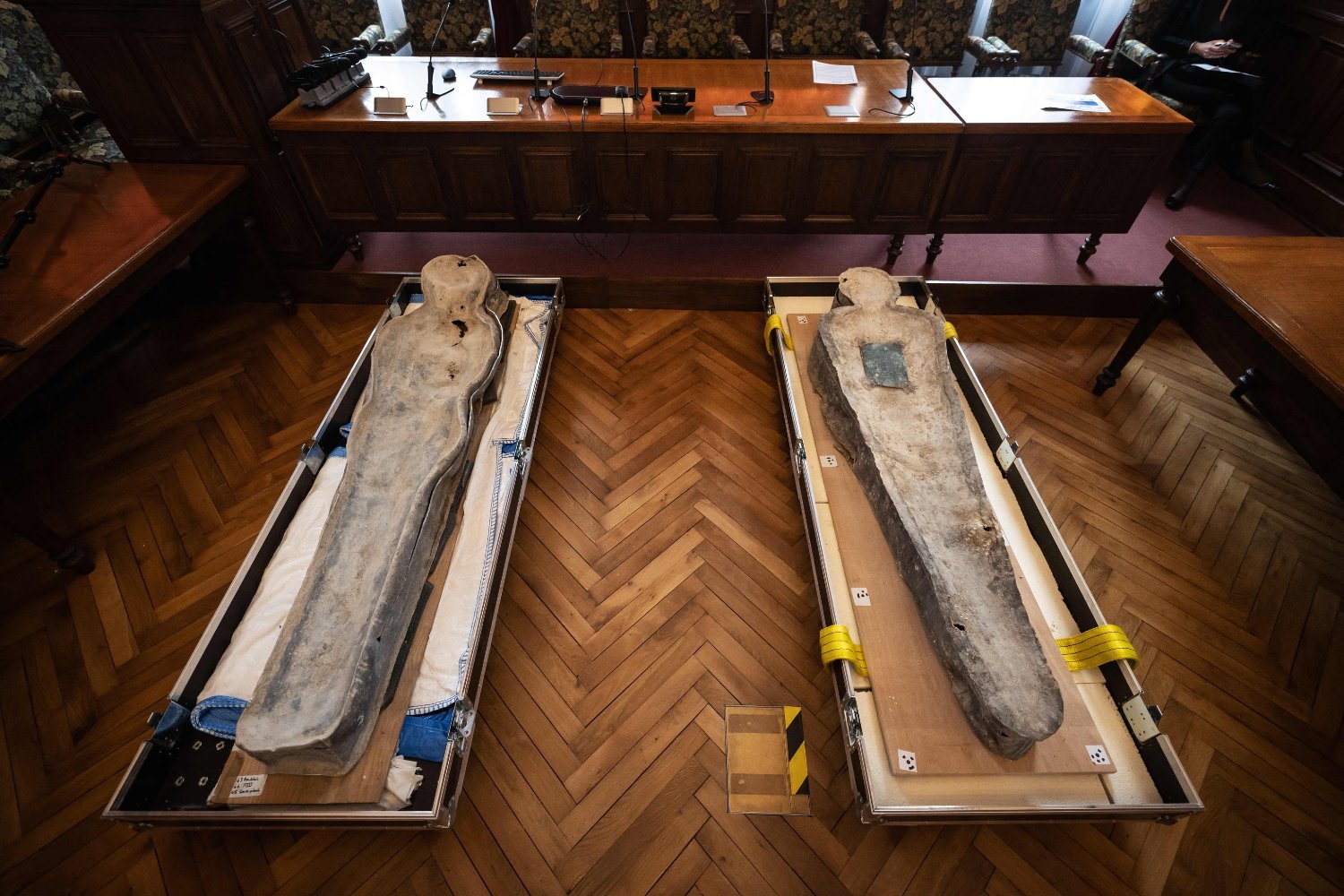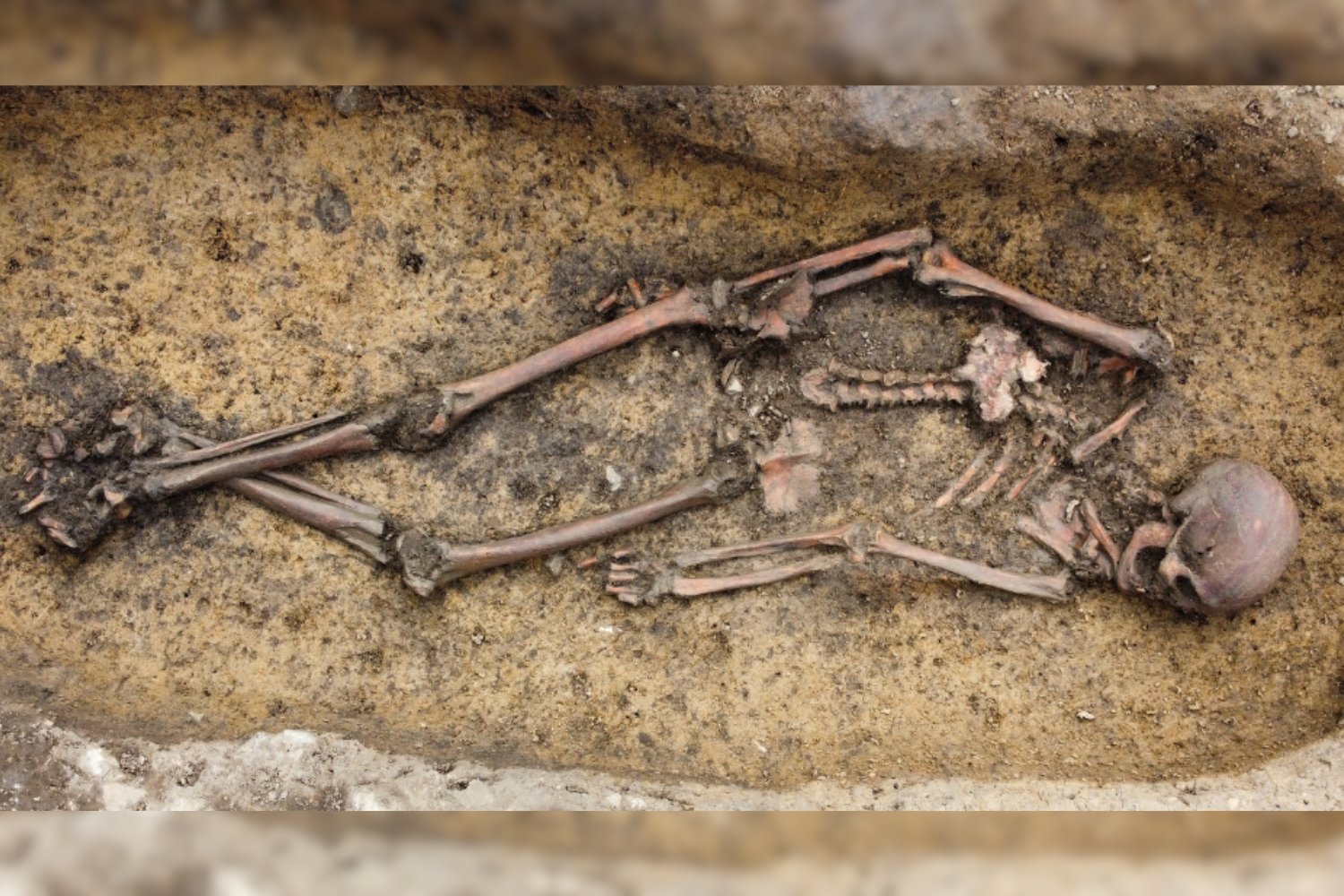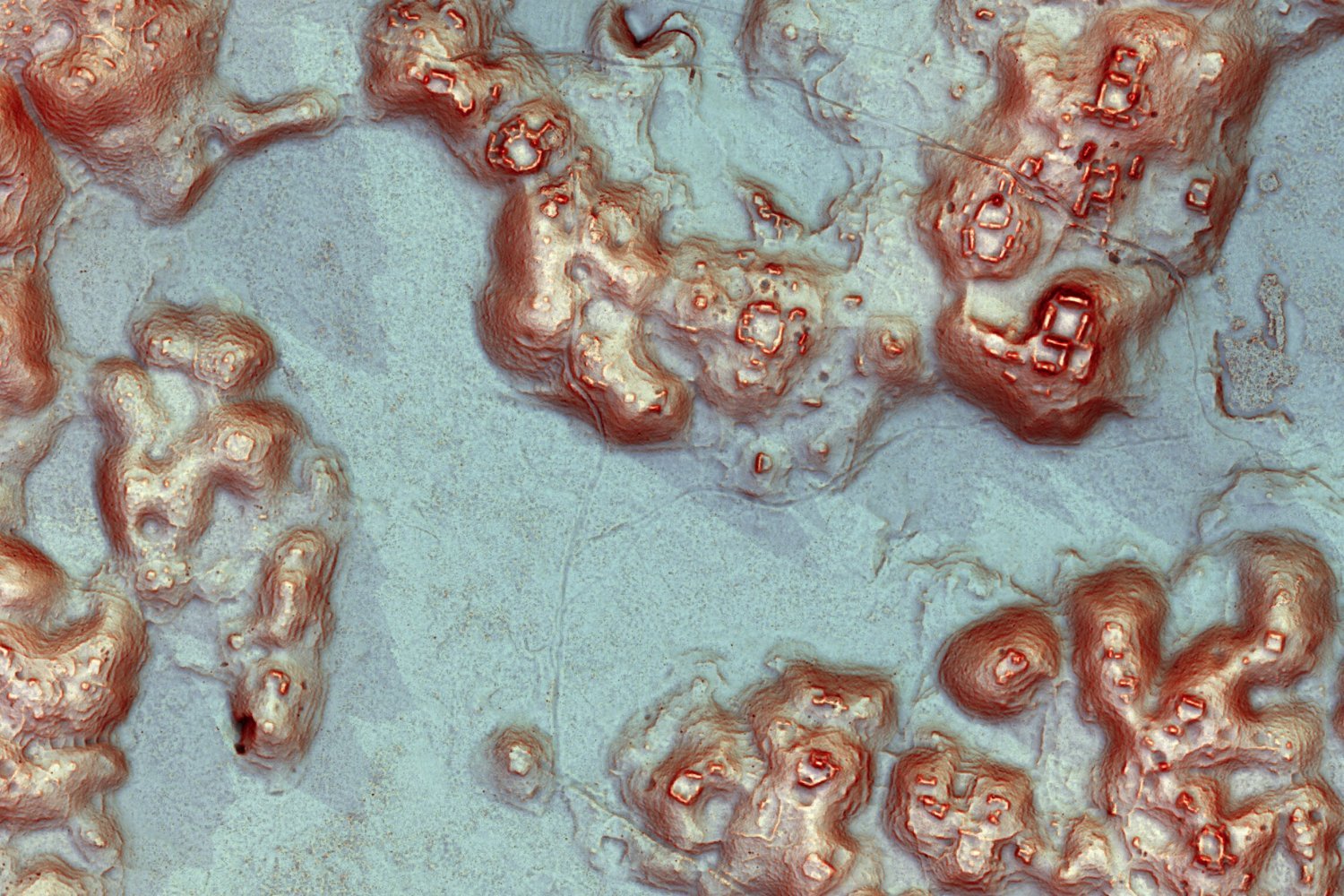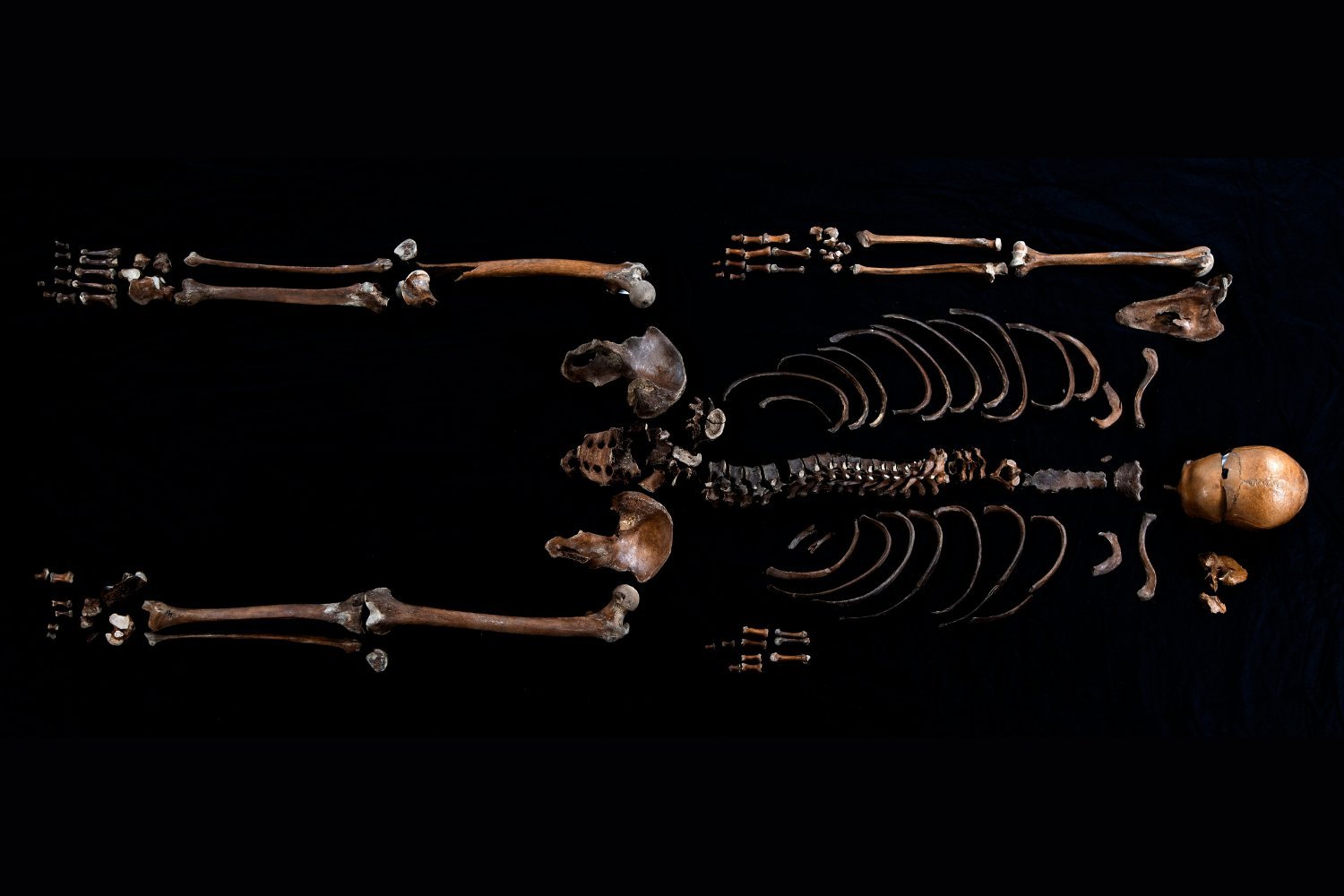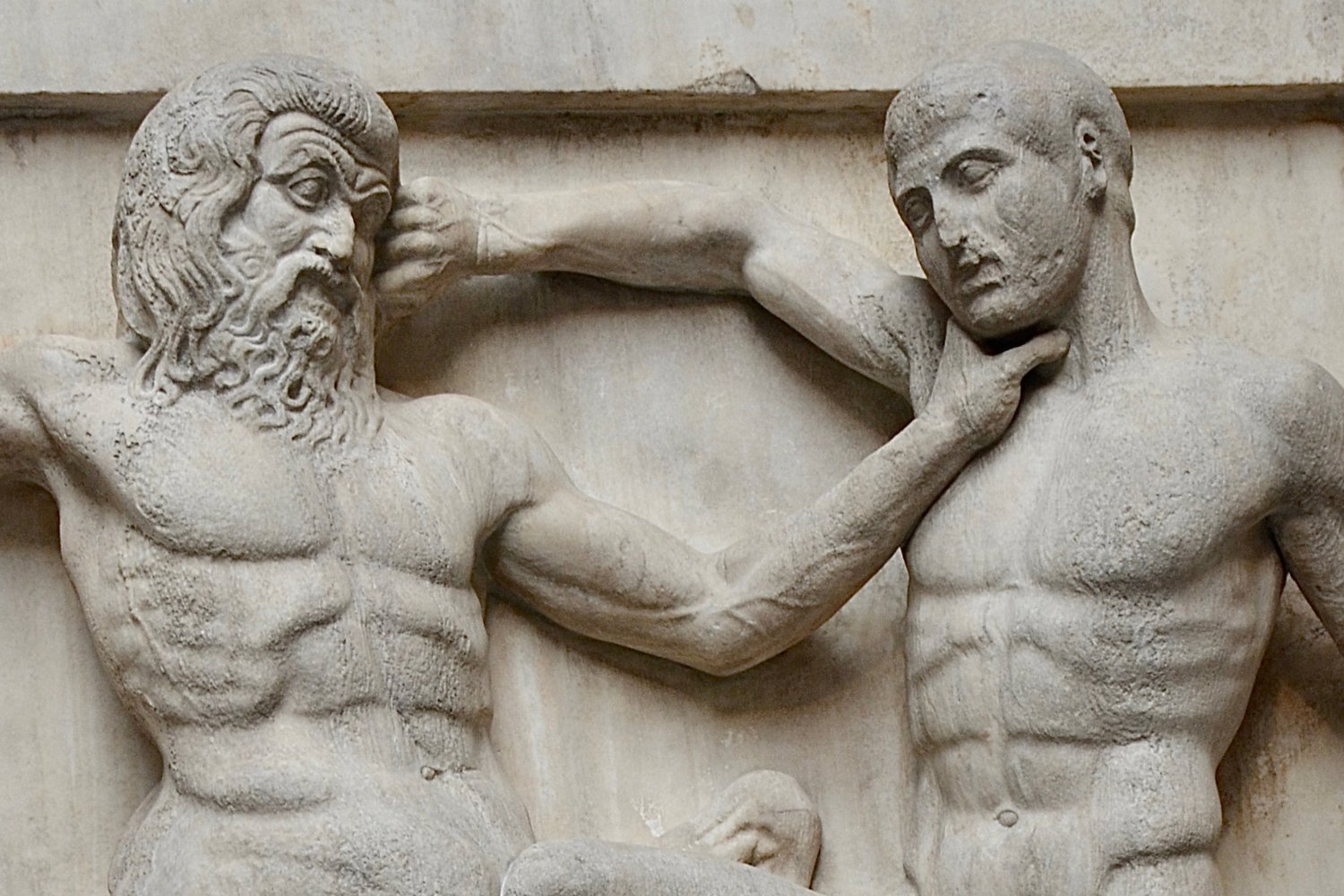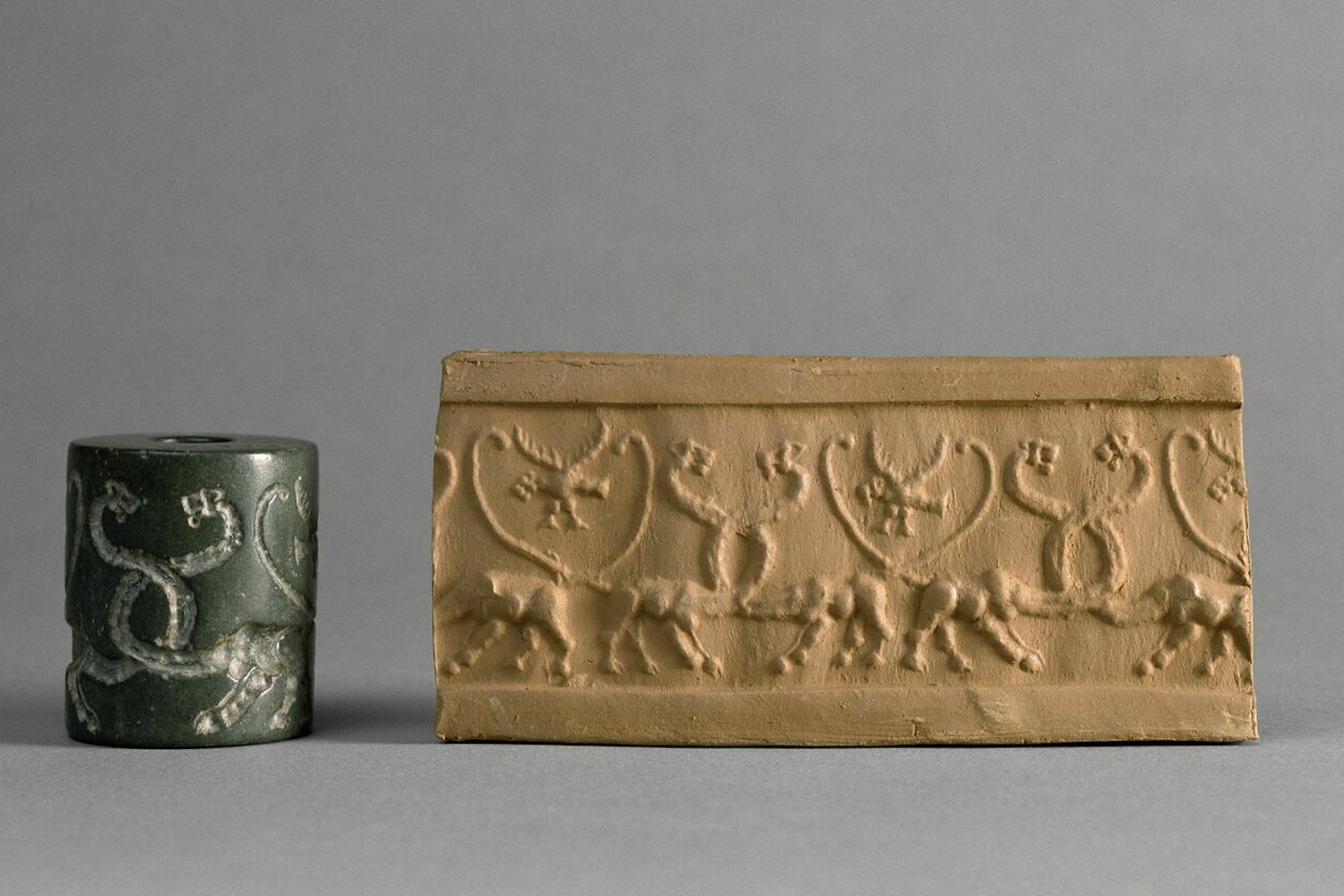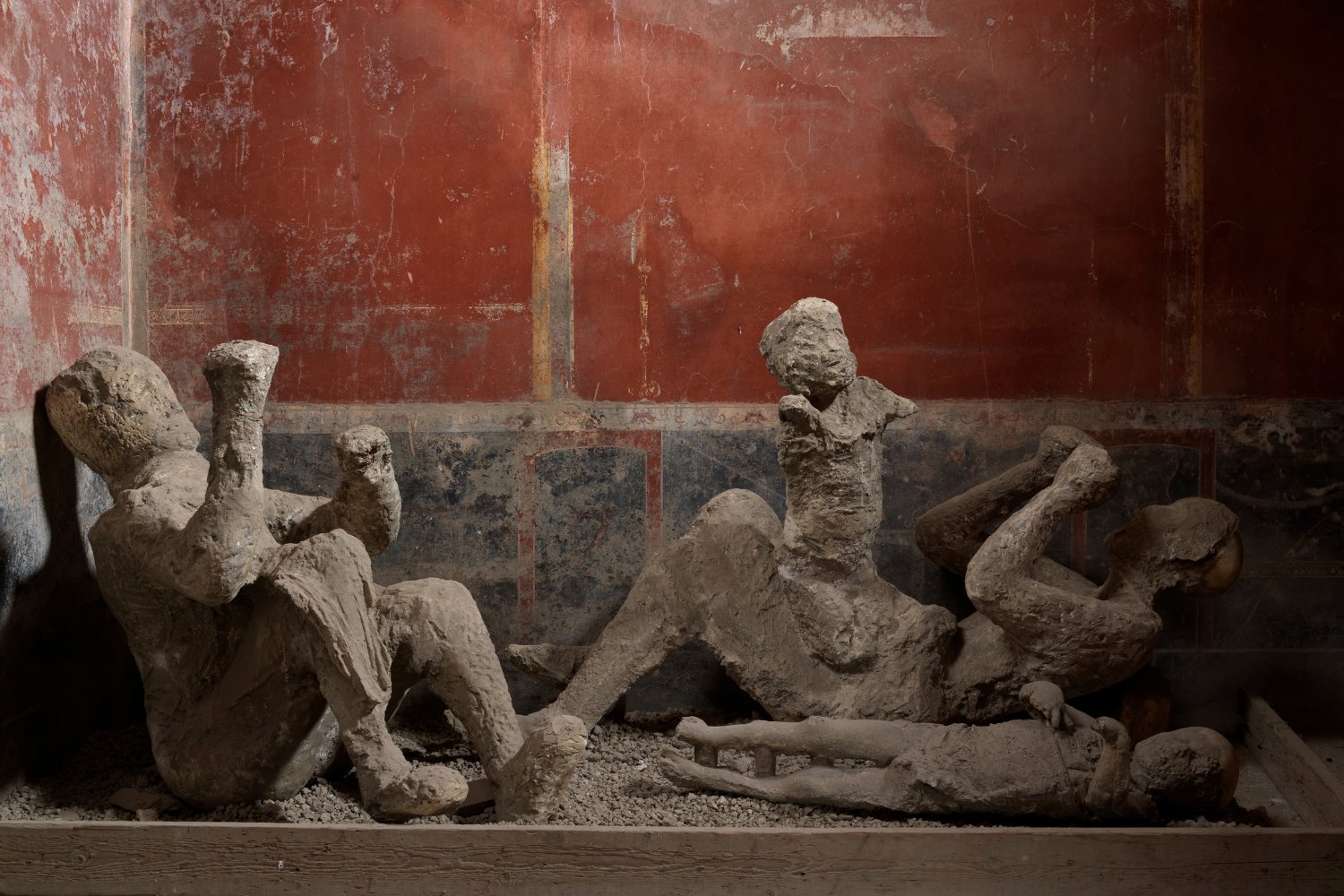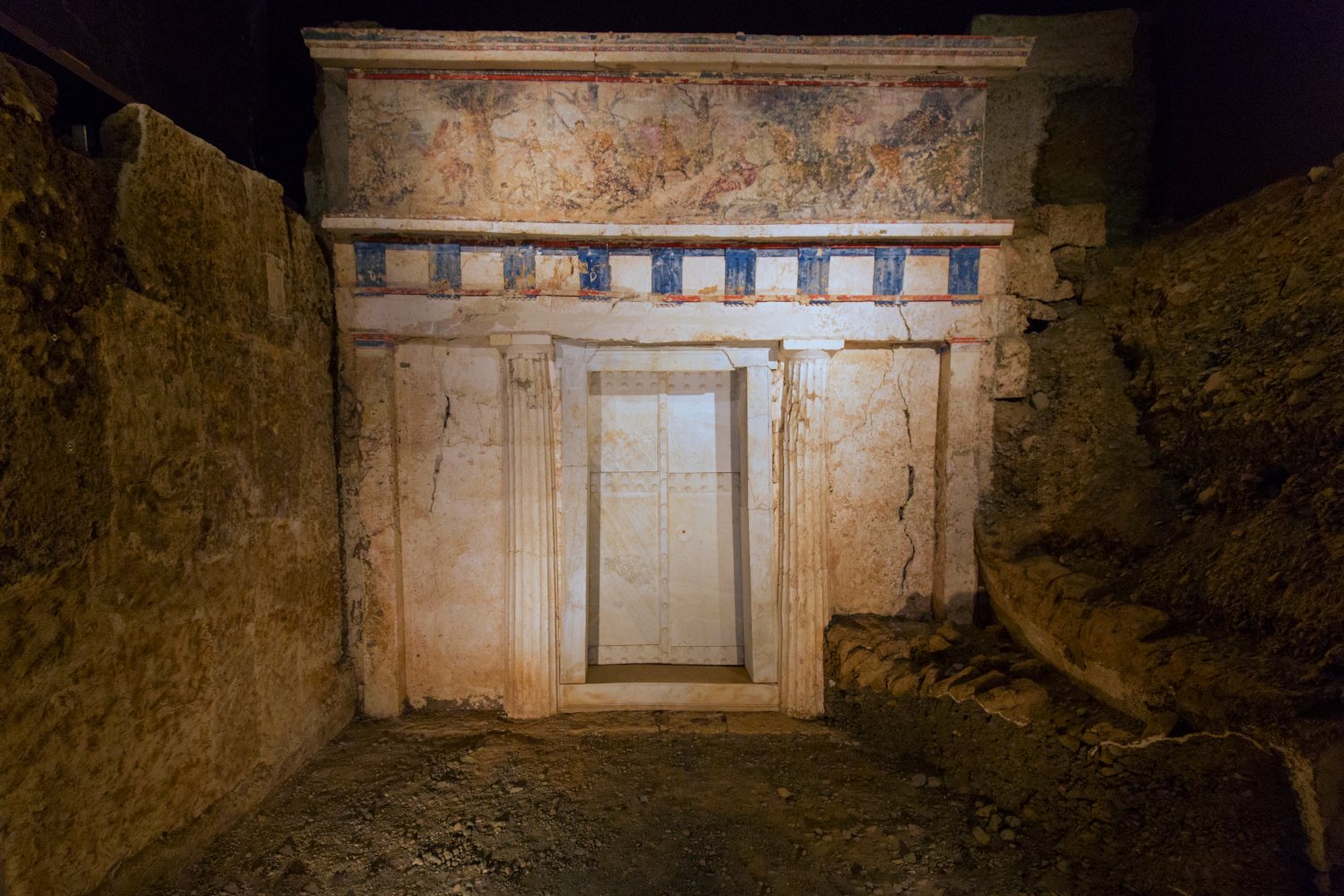The devastating fire that engulfed Notre-Dame Cathedral in April 2019, tragically destroying its iconic spire and roof, inadvertently unveiled a hidden chapter of the cathedral’s history. During the subsequent restoration efforts, archaeologists made a remarkable discovery – lead sarcophagi buried beneath the cathedral floor. This article delves into the identification of the remains within these ancient coffins, shedding light on the lives of those interred within Notre-Dame’s hallowed ground.
Following the fire, the National Institute of Preventative Archaeological Research (INRAP) embarked on a mission to preserve the historical integrity of the site. During this process, they unearthed two lead sarcophagi amidst 18th-century plumbing. Initial examination of one sarcophagus, dating back 700 years, revealed human remains accompanied by fabric fragments, hair, and a pillow of leaves placed upon the head, a customary practice for burying religious figures.
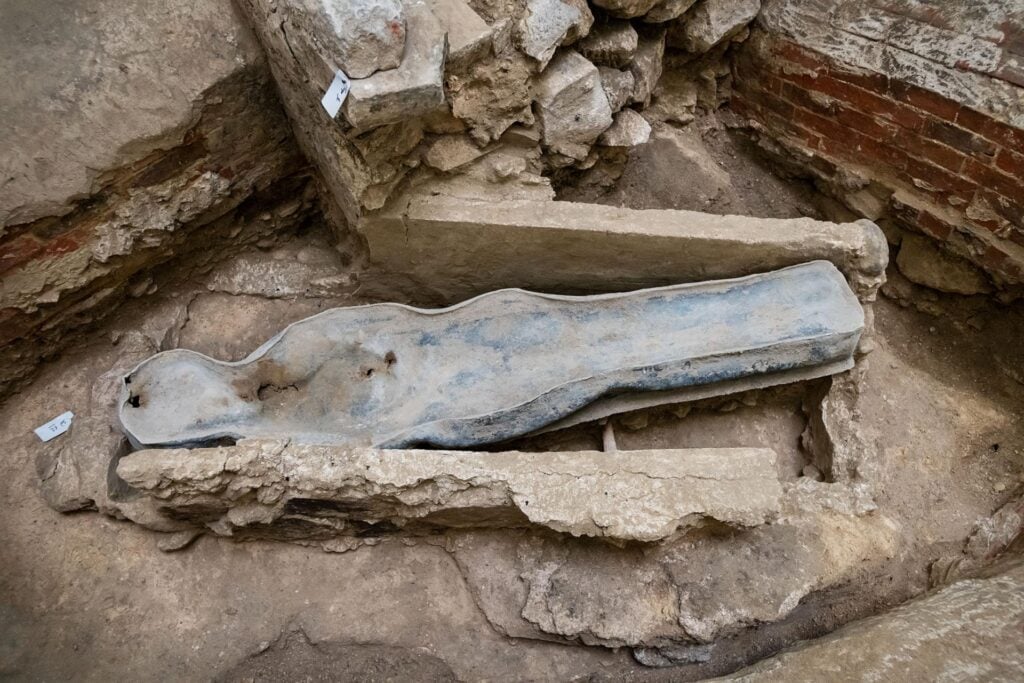 A camera inserted into one of the sarcophagi.
A camera inserted into one of the sarcophagi.
Later in 2022, one set of remains was identified as Antoine de la Porte, a church official who died in 1710. The identification was facilitated by a plaque affixed to his coffin. However, determining the identity of the individual in the second sarcophagus proved to be a more complex endeavor.
Identifying the Remains: A Historical Puzzle
Recently, INRAP announced the results of their investigation, revealing the presumptive identity of the second individual. Based on the condition of the remains, including evidence of chronic meningitis and tuberculosis, coupled with the proximity of his uncle’s burial site within the cathedral, researchers believe the remains belong to Joachim du Bellay, a horseman and poet who died in 1560. It is speculated that du Bellay’s remains were transferred to this location following the publication of his complete works in 1569.
The archaeological excavations at Notre-Dame yielded a wealth of historical insights. Over 100 graves were discovered, with 80 undergoing excavation. Among the findings were wooden coffins, some containing individuals buried in shrouds, of which fabric remnants remain. The orientation of the graves provides clues to the social status of the deceased, with lay people buried facing west and clergy members facing east.
 Archaeological excavations within Notre-Dame.
Archaeological excavations within Notre-Dame.
Beyond the human remains, the excavations unearthed remarkable sculptures and masonry fragments, some retaining traces of their original polychromy after eight centuries. The oldest levels of the site date back to a 1st-century dwelling, while later archaeological layers revealed evidence of a substantial Carolingian building and other monumental structures.
Notre-Dame’s Rebirth
After five years of intensive renovations, Notre-Dame Cathedral is poised to reopen its doors to the public later this year. The identification of the individuals within the ancient sarcophagi adds another layer of historical significance to this iconic landmark, reminding us of the rich tapestry of lives intertwined with its enduring legacy.



